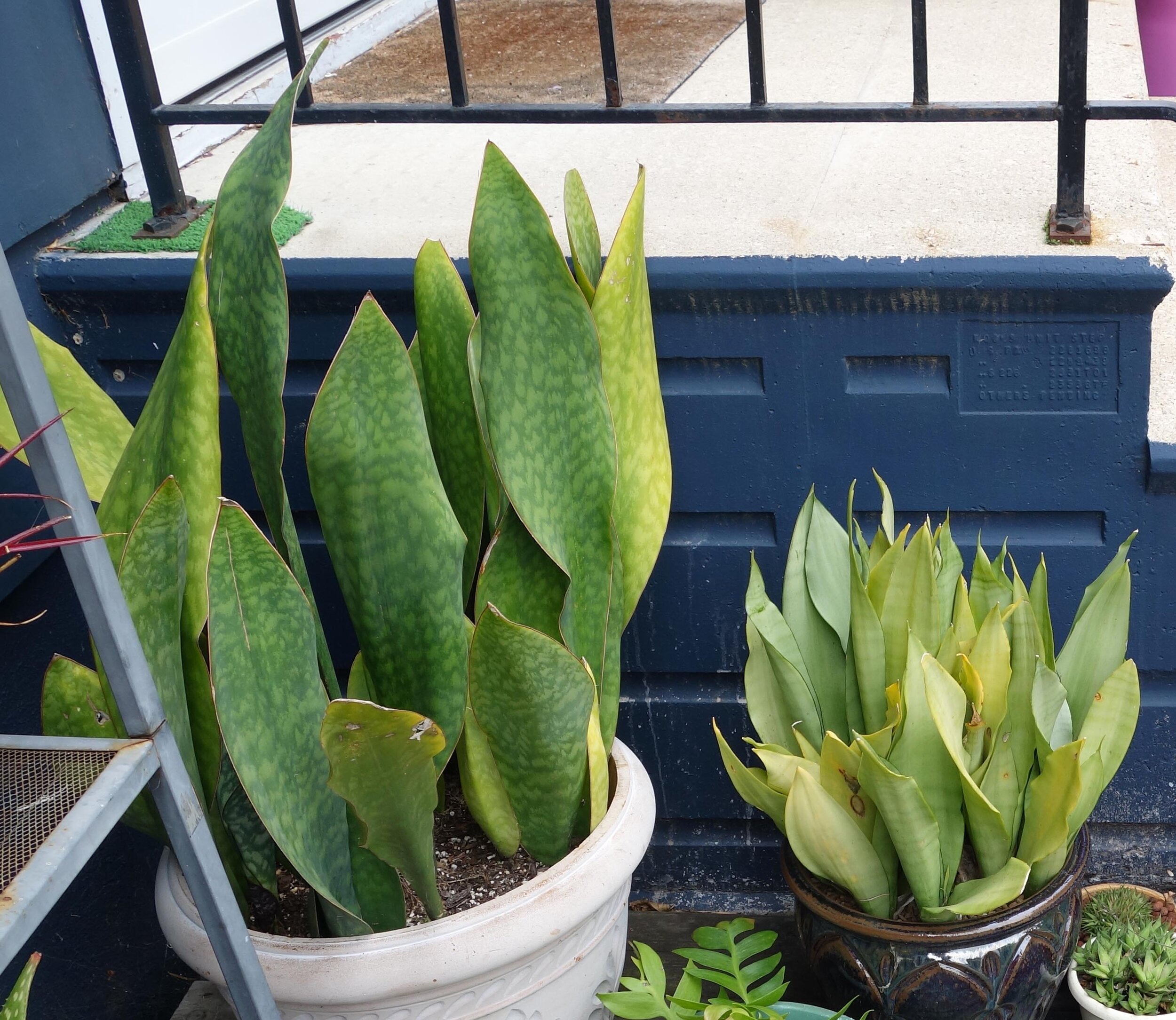I know we’ve had a lot of craziness of late, but I have another world-altering piece of information for you plant lovers out there who haven’t heard about it yet, so get ready: the genus Sansevieria has been contested for years and it has now been subsumed into Dracaena. Officially, taxonomically, there is no more Sansevieria! Below are a few images of some of my (formerly Sansevieria) species and and flowers if you need a visual aid. They’re colloquially called “snake plants” and “mother-in-law’s tongue.”
In my houseplant-growing years, I’ve been aware of plants switching genera before, but all of those switches only affected a small amount of plants and were relatively easy to swallow. Gloxinia speciosa and Rechsteineria leuchotricha both moving to the genus Sinningia, Philodendron bipinnatifidum changing to Thaumatophyllum bipinnatifidum, Cotyledon splitting into at least five different genera, and so on.
This switch, though, affects over seventy species that have visual and habit-related signifiers that seem to more narrowly identify them as a subgroup within their new genus compared to the rest of the Dracaena species that are typically grown as houseplants, so I don’t even know if I want to start calling them by their new taxonomic names!
For me and perhaps for most serious houseplant keepers, this is going to be much more of a challenge than Pluto’s downgrade to dwarf planet.






